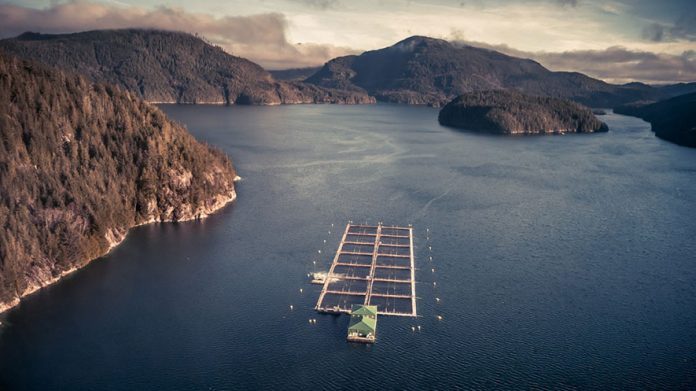Grieg Seafood plans to use the FlowCam to make more informed decisions around HAB monitoring. They will join Marine Harvest and Cermaq in using the technology.
The ambition is to expand monitoring, stay ahead of harmful algal blooms (HABS) and keep fish stocks healthy, according to Ecomagazine.
“HABs move quickly,” says Dean Trethewey, Seawater Production Director at Grieg Seafood, “the ocean is an ever-changing environment; for us it is not a matter of if we see HAB’s, but when. HABs can have an impact on our stocks causing reduced feed rates and even mortality. As climate change identifies increasing algae species, we need to adapt to this new environment more quickly.”

Will develop early warning programs
Approximately 14 species of algae are harmful to salmon in British Columbia, and they are harmful at different concentrations. The plan is to develop early warning programs for staff in Grieg Seafood, to study water quality and improve their ability to predict harmful algae populations before they bloom. To be able to achieve that, a significant amount of data is needed.
With their purchase of a FlowCam, Grieg will have more accurate and reliable data regarding the presence of harmful algae, and will be able to better determine when and where to put in place mitigation strategies.
Combining Flowcan and old methods
Grieg will still continue to use manual microscopy to detect algae, but will now be assisted by the FlowCam.
It is Grieg’s hope that the additional support of the FlowCam analysis will provide more confidence behind the decision to feed or not feed, provide more accurate and reliable data, and remove the subjective component from the decision process.

